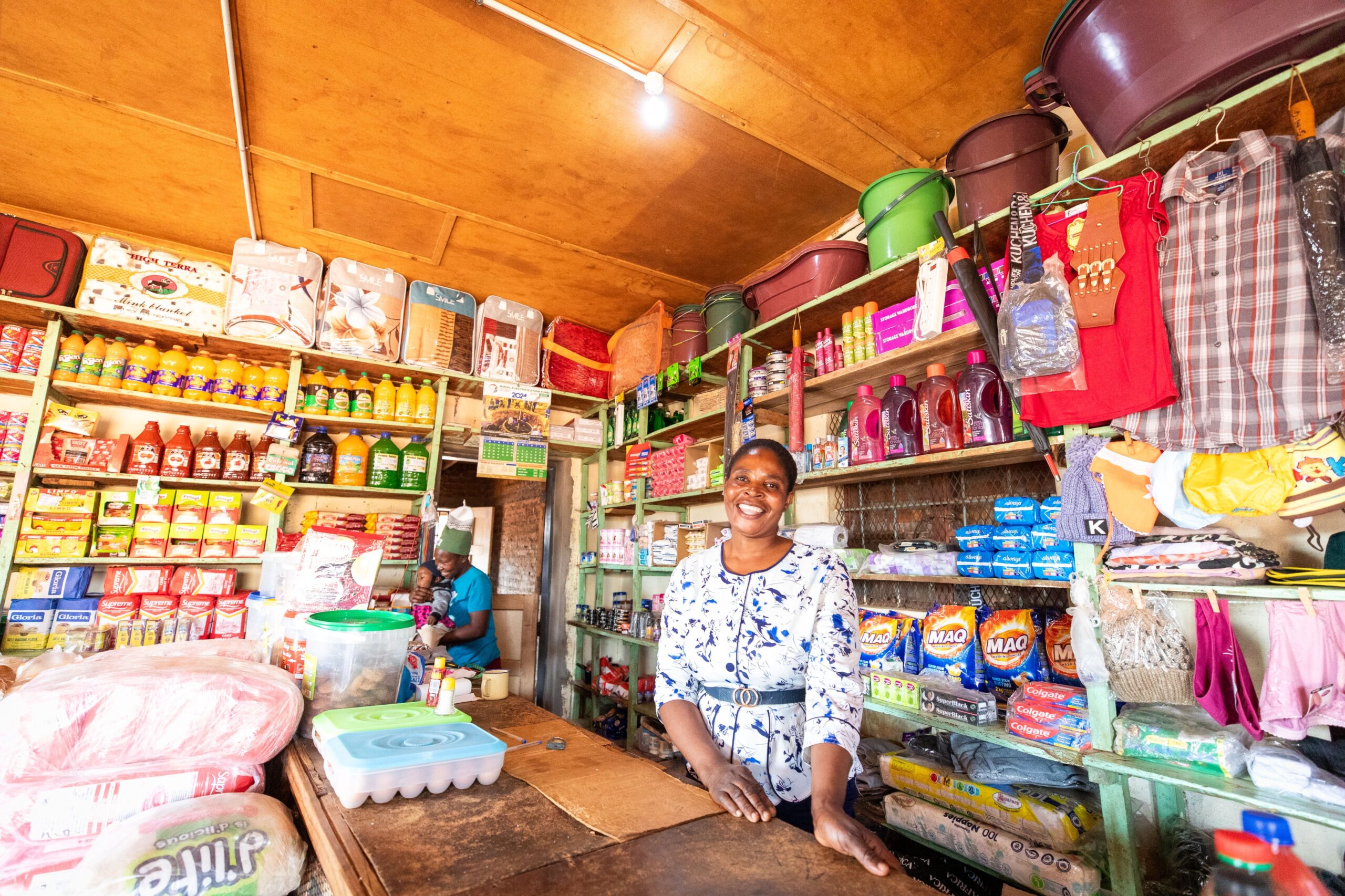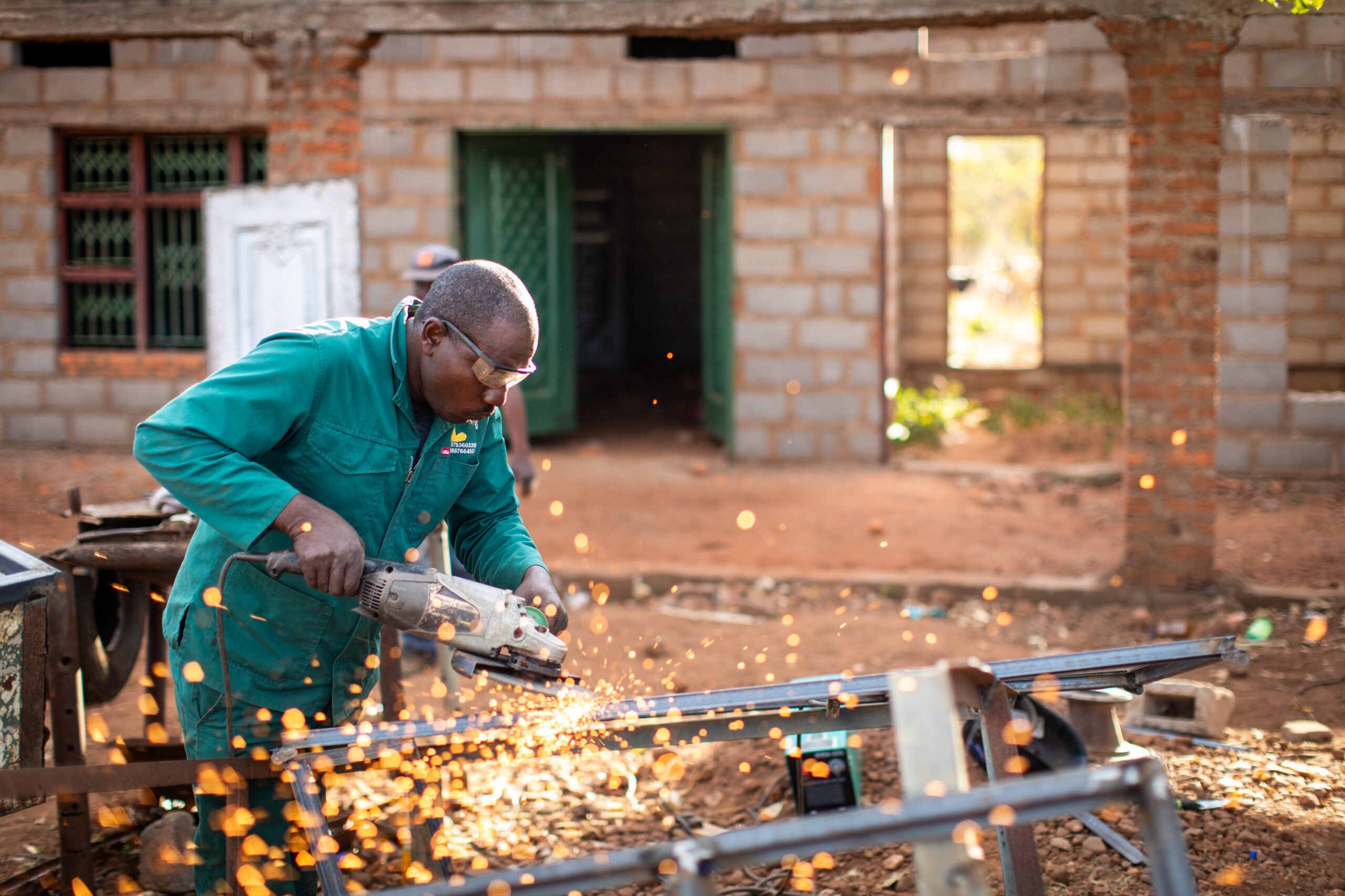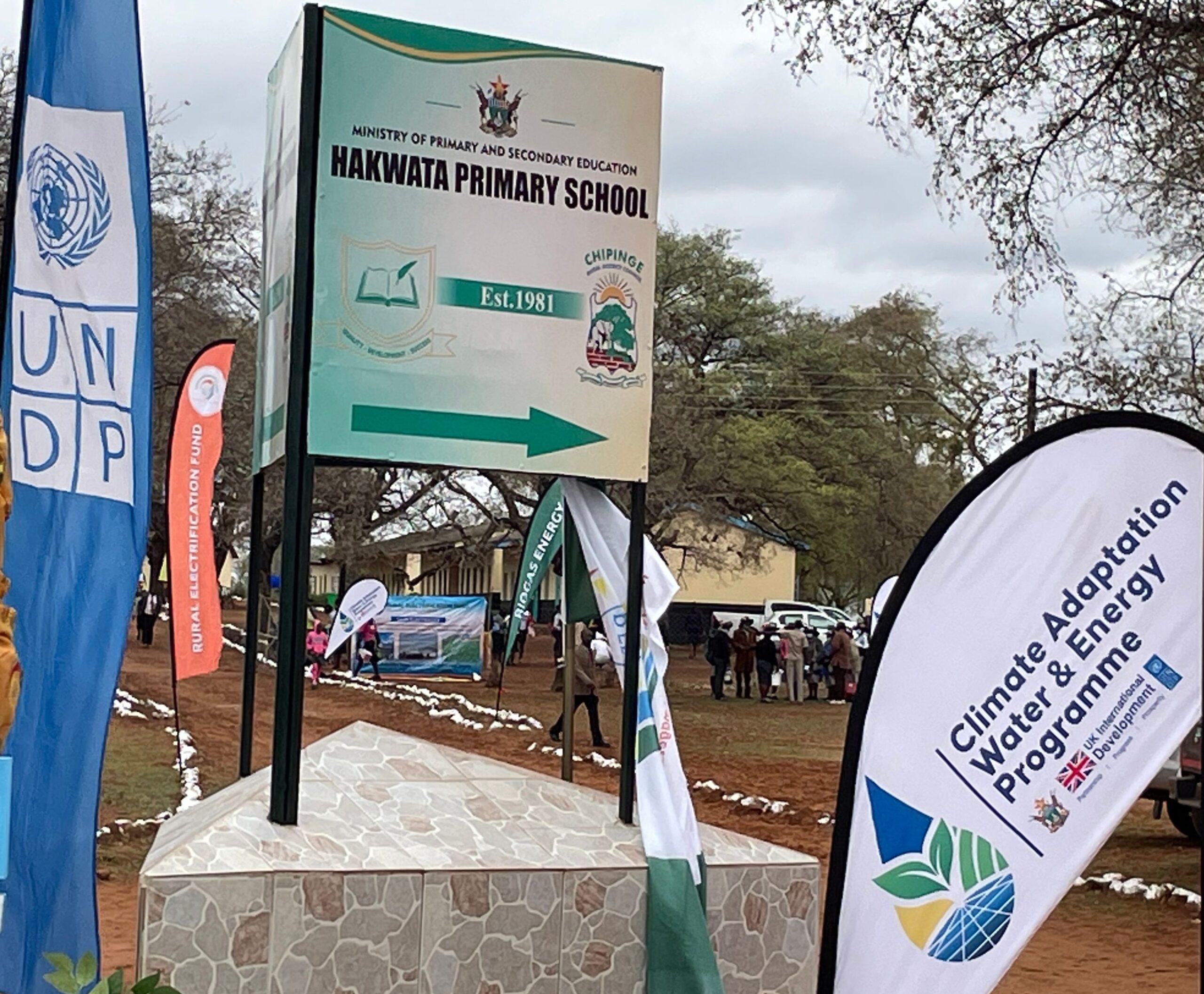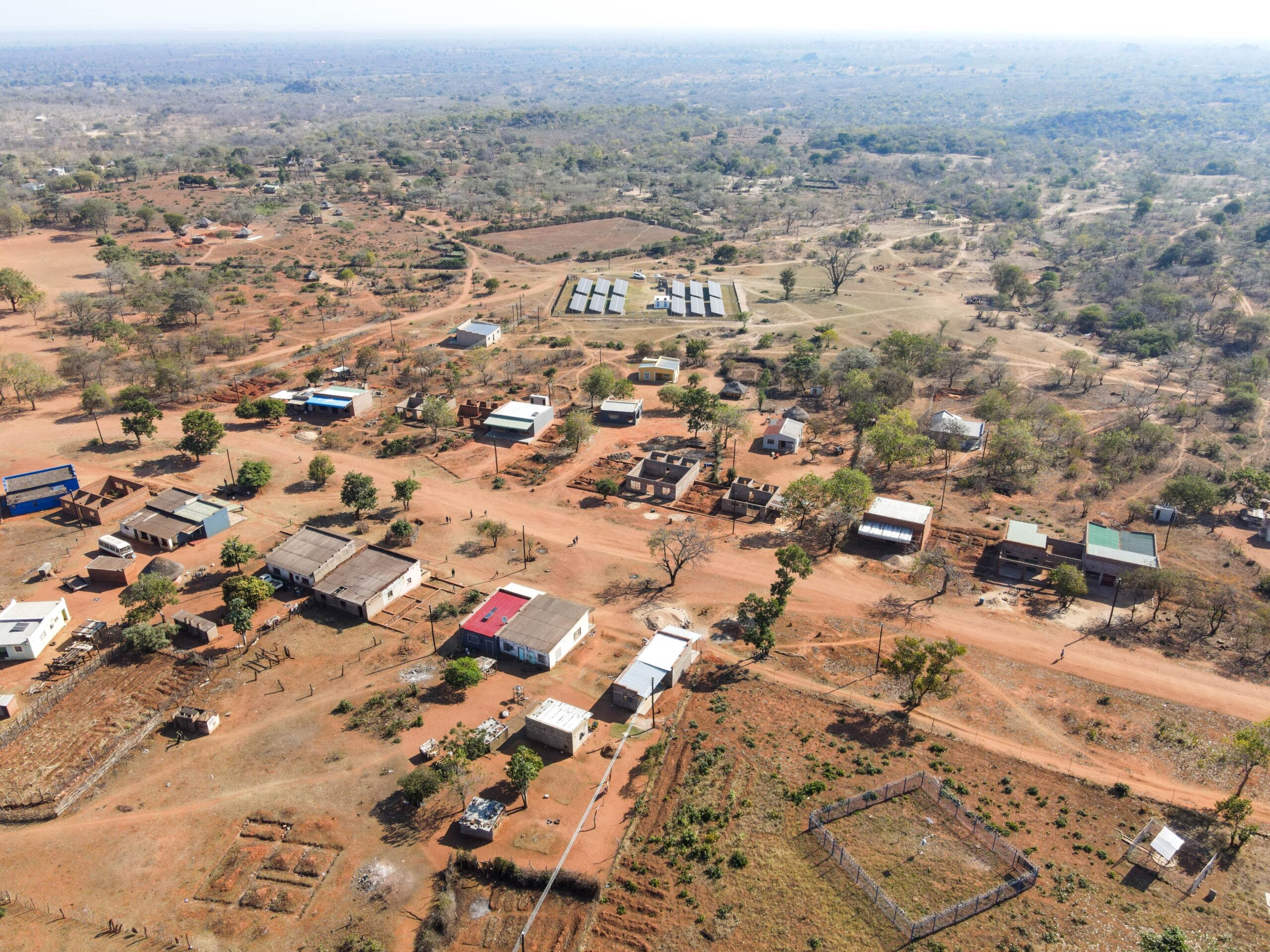Sign up for daily news updates from CleanTechnica on email. Or follow us on Google News!
We still have not achieved universal access to electricity on the African continent. A lot of countries are yet to bring access to electricity to more than 50% of their citizens. We always hear that more than 600 million people in Africa don’t have access to electricity, and that close to a billion don’t have access to clean cooking! To urgently address this dire situation, a combination of mini, small, medium, large, and exceptionally large distributed renewable solutions backed by battery storage could play a key role in addressing these long standing issues. These could be applied at utility scale, commercial and industrial, urban residential, rural, and off-grid/minigrid level.
With the right business models and funding structures, hundreds of GW and GWh of capacity can be installed cumulatively across multiple African countries in quick time depending on each individual country, city, town, or village’s needs. Distributed minigrids plus energy-as-a-service battery rentals for productive use of energy could help transform the lives of millions in many rural parts in a lot of countries on the African continent, and we have all the tech we need in the world right now. It is now just about getting action items actually “actioned.”
I recently came across a new minigrid in Zimbabwe that is bringing access to electricity in a rural community in the Chipinge area of Manicaland Province for the very first time! The minigrid was made possible through the Climate Adaptation Water Energy Programme (CAWEP) initiative, which is funded by the Foreign Commonwealth Development Office (FCDO) and implemented by the UNDP in collaboration with the government of Zimbabwe. This is a great development to help increase access to electricity to rural communities in a country where about 50% of the population still does not have access to electricity.
According to UNDP, the project is currently at 20% utilisation and is powering 85 homes, 18 businesses, a school, a clinic, and 3 community boreholes, with ample capacity for future growth. Apart from the new mini-grid, CAWEP has provided the Hakwata community:
- 100 solar home kits to provide lighting in vulnerable households
- 90 biogas digesters for clean cooking
- An automated weather station to give real-time weather and climate information
- 30 solar streetlights
This approach was chosen and implemented to significantly boost local economic activity, improve livelihoods, and enhance quality of life, particularly for women and girls. This approach will now be considered to serve as a model for future rural electrification efforts across Zimbabwe. The UNDP adds that similar climate adaptation projects are underway in Binga, Insiza, and Chivi Districts, focusing on renewable energy, irrigation schemes, and improved water access. These initiatives are part of the broader CAWEP project, which runs from 2022 to 2025.
Already we can see the impact the new minigrid is having on the community. Ms. Hamunyari Muzvuzvu, a local shopkeeper, shared her experience: “Before, I used expensive gas to power my shop’s fridges. Now, with the solar mini-grid, I’m spending less on energy and earning more. I’ve even expanded my business to sell kitchen appliances that use electricity. This project has truly transformed my life and business.”


Zimbabwe President Emmerson Dambudzo Mnangagwa said: “With the grid electricity access rate in rural areas being around 23.4%, this figure is worryingly low, which means that Government and its development partners have to work together to increase access to modern energy in rural communities.”
The British Ambassador, Pete Vowles, said: “Energy access is a fundamental right and key to economic growth. We’re committed to partnering with the Government of Zimbabwe on clean energy innovation and helping to unlock climate finance.”
UNDP Resident Representative Dr. Ayodele Odusola said: “This solar mini-grid is not just providing electricity; it is powering dreams, fostering equality, and catalysing sustainable development across multiple fronts.”
Prices of solar panels and lithium-ion batteries have gone down big time over the last ten years. For solar panels, for example, they were going for close to 80 cents per watt 10 years ago and now we hear of prices close to 10 cents/W! That means we can get more solar minigrids done for a whole lot less now, which should encourage all stakeholders working on solar for rural areas across Africa and the world to really start accelerating their plans. These distributed renewable energy resources could really help transform communities, sooner than previously possible.
Images courtesy of UNDP.

Have a tip for CleanTechnica? Want to advertise? Want to suggest a guest for our CleanTech Talk podcast? Contact us here.
Latest CleanTechnica.TV Videos
CleanTechnica uses affiliate links. See our policy here.
CleanTechnica’s Comment Policy






